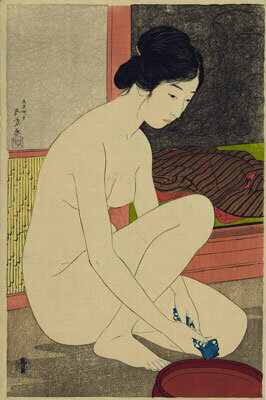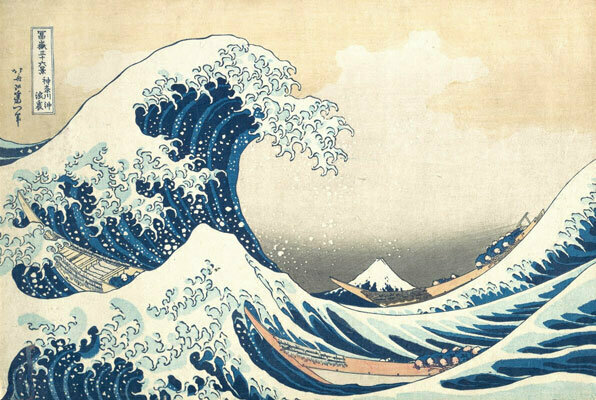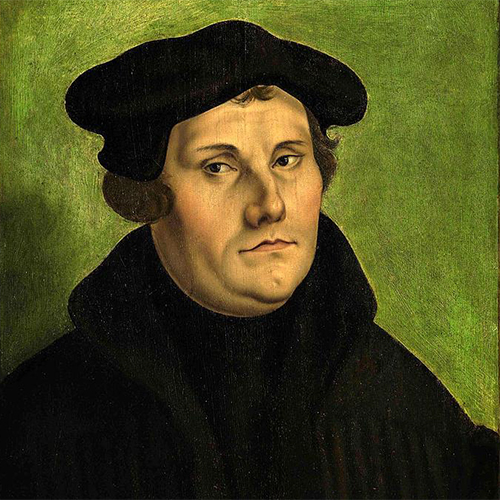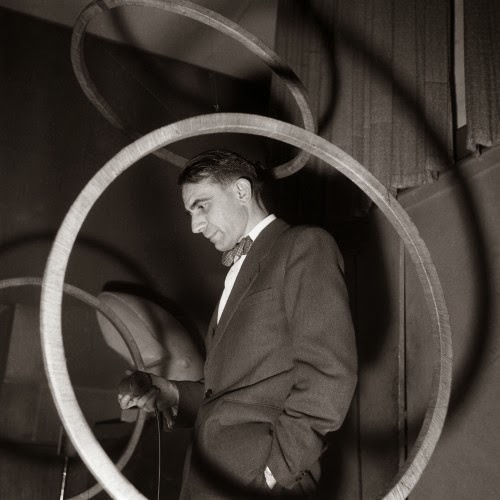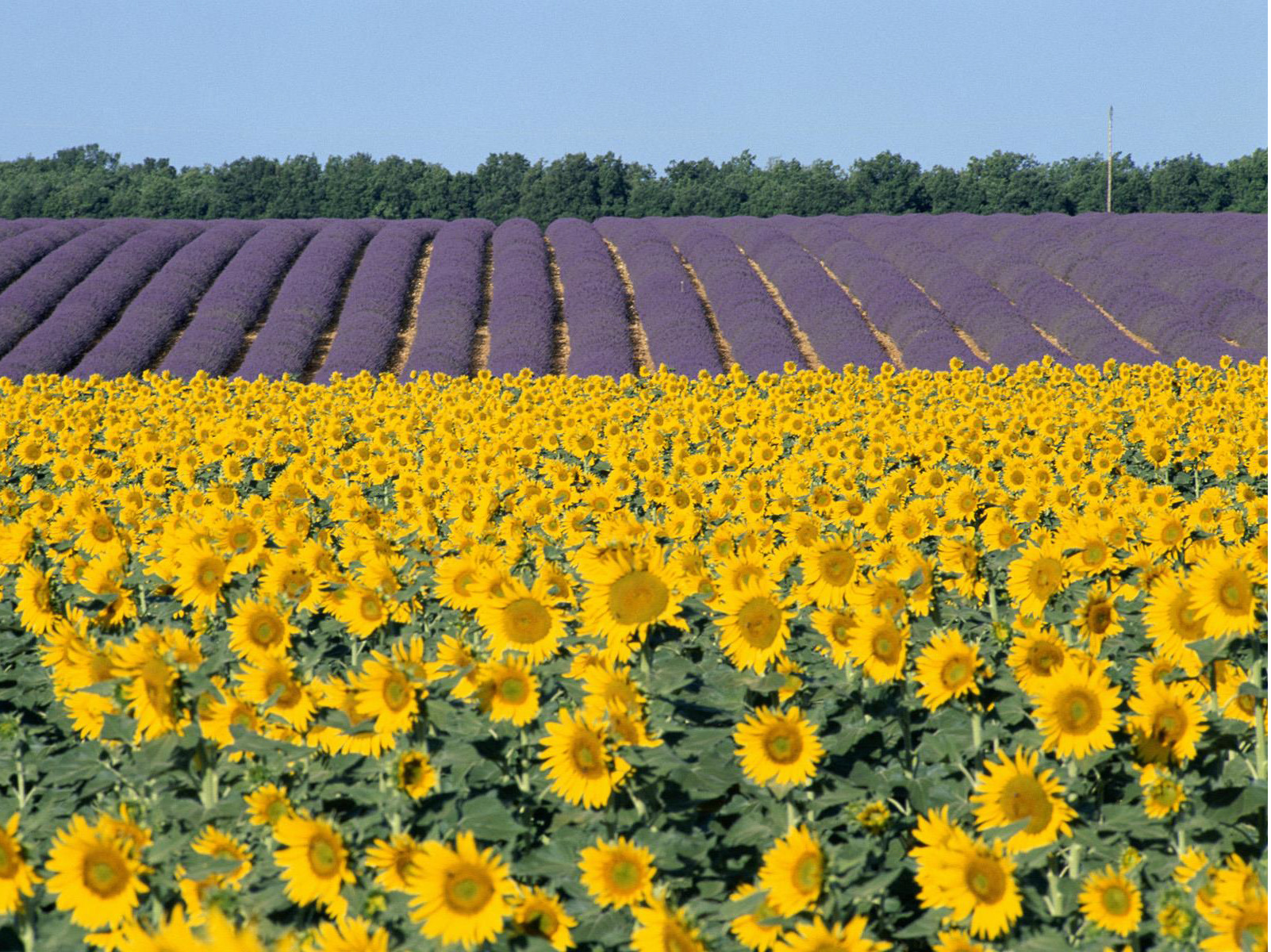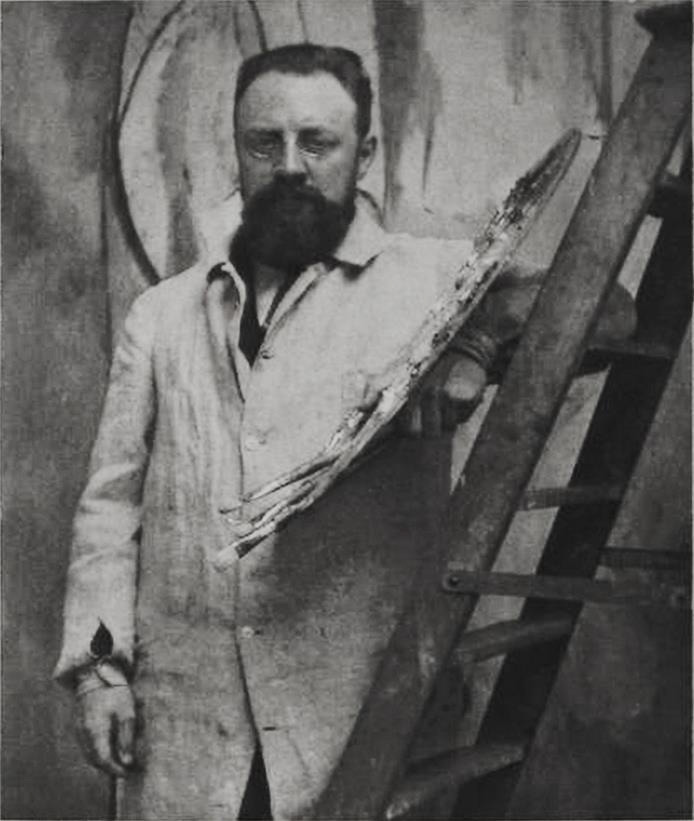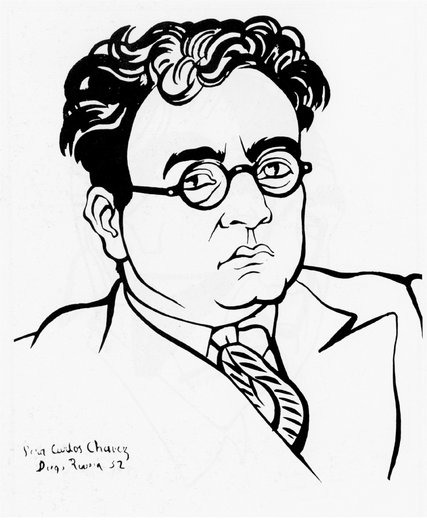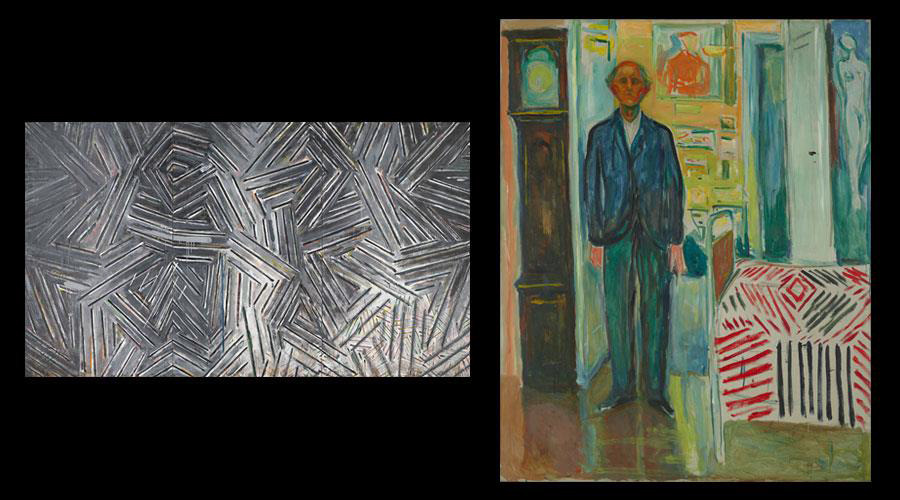Katsushika Hokusai once wrote, “When I was 50 I had published a universe of designs, but all I have done before the age of 70 is not worth bothering with. At 75, I’ll have learned something of the pattern of
Painting
The Japanese artist Katsushika Hokusai (1760-1849) is best known as the author of a woodblock print series entitled “Thirty-six Views of Mount Fuji.” That series contains probably the most iconic print image associated with Japan, “The Great Wave off Kanagawa.”
Five hundred years ago, on October 31, 1517 Martin Luther supposedly nailed his Ninety-five Theses to the doors of the Schlosskirche (Castle Church) in Wittenberg, railing against Catholic Church corruption (in particular against the ‘Sale of Indulgences’) dividing Christianity, and
American painter Cy Twombly (1929-2011), a modernist with a strong calligraphic sense, moved from abstract art to ‘romantic symbolism.’ The titles of the works are the key to their interpretation – visually, you may be seeing shapes, forms, and words
On a recent trip through the Provence in France, through fields of lavender, sunflowers, vineyards and olive trees, I was reminded of the importance of landscapes, and that of the Provence in particular, as inspiration for many artists, including Frédéric
Music was always part of Henri Matisse’s (1869-1954) life. He played the violin on a daily basis, reflecting the rigorous structure and precise technique which corresponded to his artistic methods. It also provided him with an escape and source of
Two of the greatest of Mexico’s artists, composer and pianist Carlos Chávez and painter and muralist Diego Rivera created a ballet on an unlikely subject: Caballos de vapor (Horsepower, or H.P.). The subject however, was close to both artists’ hearts:
“Painting can be a conversation with oneself and, at the same time, it can be a conversation with other paintings” (Jasper Johns, 1989) In this second of two articles I will briefly return to the relationship between Edvard Munch, the

